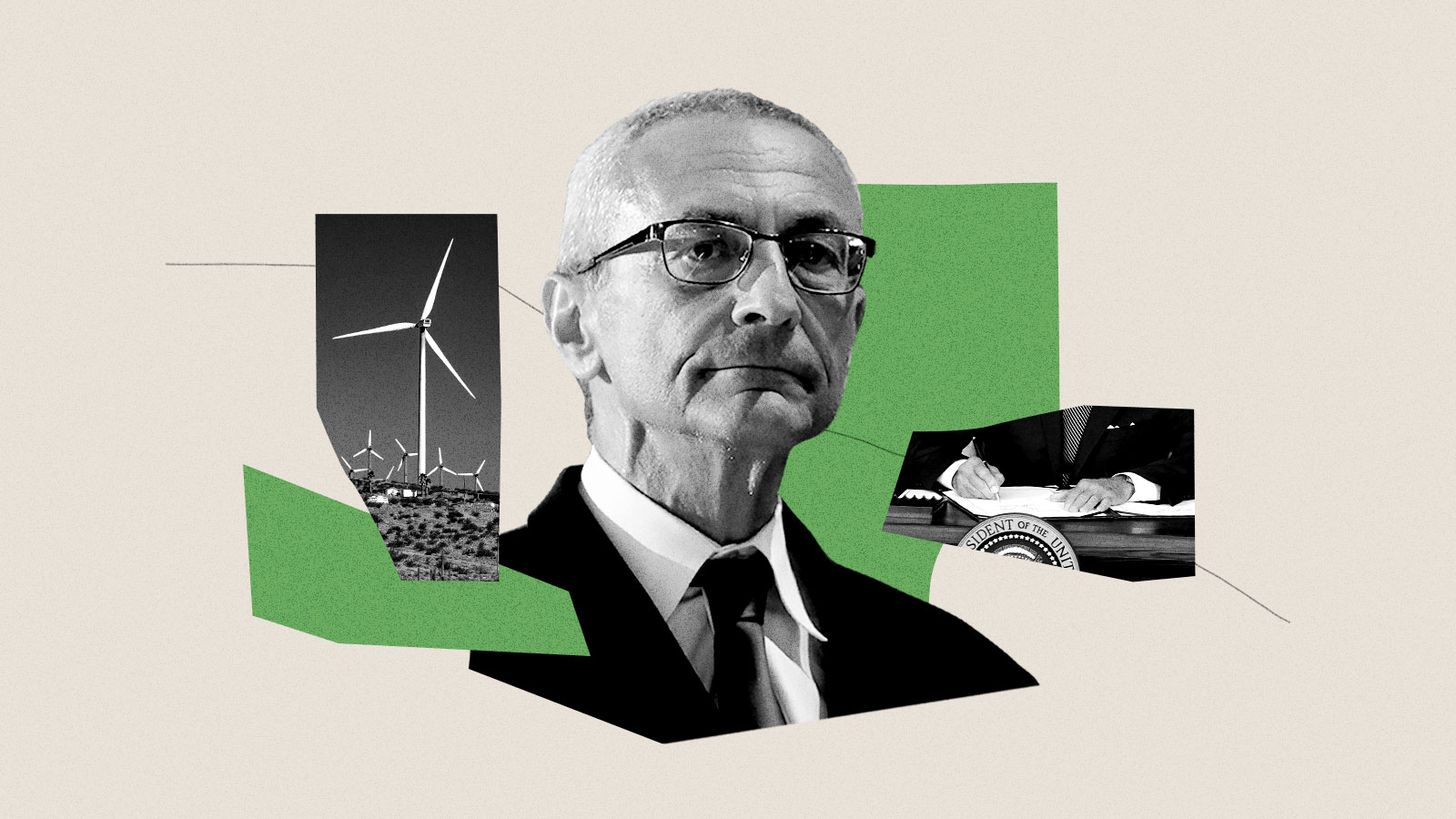If, in the 18 months since the Inflation Reduction Act passed, you’ve found yourself muttering Jerry Maguire’s timeless mantra — “Show me the money!” — a handful of policy analysts has just done exactly that. Their analysis of the nation’s investment in clean energy found that for every dollar the government has contributed to advancing the transition, the private sector has kicked in $5.47, leading to nearly a quarter-trillion dollars flowing into the clean economy in just one year.
Across nearly every segment tracked by Rhodium Group and its collaborators at Massachusetts Institute of Technology, investments have not only increased since President Joe Biden signed the legislation, the rate of growth has quickened, too. In the 12 months from October 2022 through September 2023, $220 billion poured into everything from battery factories to solar farms to emerging technologies like hydrogen, including $34 billion in federal spending, mostly in the form of tax credits.
The report shows, among other things, the scale of investments that the government can spur with a clear commitment to a specific course of action. Both figures reveal a substantive increase in the financial pressure building behind the transition to a clean economy and testify to the role progressive policies play in pushing that economic transformation forward.
“It’s proving the value of the federal government taking the lead, putting in place policy that says, ‘This is the direction that we’re headed: supporting decarbonization, supporting clean energy,’” said Hannah Hess, an associate director of climate and energy at Rhodium Group who co-authored the report.
By taking that lead, many billions more have flowed into the clean economy. In 2023, the sector as a whole logged new records for yet another year. Utility-scale solar and storage grew more than 50 percent compared to 2022 to a total of $53 billion. Investment in the entire EV supply chain hit $42 billion — up 115 percent over the previous year. Meanwhile, retail spending by businesses and households on things like EVs, heat pumps, and rooftop solar came in at $118 billion, all told.
Nonetheless, several economists and analysts said that, while impressive, the rate of investment revealed in the Clean Investment Monitor still isn’t enough for the U.S. to achieve its climate goals. We can certainly cut emissions by 40 percent, as stated in the Inflation Reduction Act, or IRA, but we’re still far from the 50 percent reduction needed by 2030 to meet its commitments under the Paris Agreement.
“We have more work to do,” said Catherine Wolfram, a professor of energy economics at MIT. While not involved with the Clean Investment Monitor, much of Wolfram’s work at MIT has studied the expected economic impacts of the IRA. Though she doesn’t see the level of investment as yet being sufficient to achieve that ambitious goal, she underscored that the IRA remains a big win, especially as a symbol of America’s commitment to climate action.
By holding a torch to the path the nation’s economy can take toward a future in which excess emissions fade into myths and fables, the government has garnered investments in projects that won’t receive federal support for years to come. In particular, Hess pointed out that more than one-fifth of the $239 billion spent in the 2023 calendar year on clean investments went toward manufacturing, particularly to all things EV. In many cases, companies are spending tens, sometimes hundreds, of millions of dollars to build factories on the promise that they will receive tax credits once batteries, solar panels, and other products start coming off the assembly line.
This reality has some investors keeping a keen eye on Congress.
Bob Keefe, executive director of the nonpartisan advocacy group E2, said that the dozens of attempts by Republican members of Congress to repeal or otherwise roll back provisions and funding sources in the IRA is making some investors squeamish.
“Nobody’s going to want to invest in something if the policies that [are] driving it are under threat,” Keefe said. “I mean, just the mention of ‘threat’ is enough to spook people.”
Even with those policy scares and a looming election whose outcome may jeopardize the IRA’s various funding streams, E2 has nonetheless tracked announcements for hundreds of clean energy projects across 41 states since the legislation passed, with $4 billion worth of investments announced in February alone.
As long as the government doesn’t “screw it up,” Keefe said, “We are quite literally on the cusp of the biggest economic revolution we’ve seen in this country in generations.”
The trends for this have crystallized. Yes, the wind industry stumbled on land and at sea, according to the report, but it’s poised to find its footing again. But every other sector saw substantial, even startling, growth — particularly emerging technologies like hydrogen and sustainable aviation fuel. That broad category saw a tenfold increase in spending in 2023, hitting $9.1 billion.
Federal investments are already exceeding the Biden administration’s own estimates, and this spending, as Hess pointed out, will only increase. Barring unexpected obstructions, the government is on track to inject not the oft-cited figure of $369 billion, but perhaps as much as $1 trillion or more into the clean economy through IRA-related spending alone, according to estimates by Wolfram and her colleagues.
Wherever the final dollar figure falls, the report from Rhodium Group emphasizes the energy and enthusiasm there is behind this economic transition. To those who aren’t forehead deep in economic forecasting, the outpouring has been so expansive as to be wholly unexpected.
“Nobody could have ever predicted that we would see this type of investment, this type of job creation,” Keefe said. “It’s absolutely incredible.”
This story was originally published by Grist with the headline The IRA has injected $240 billion into clean energy. The US still needs more. on Mar 12, 2024.

